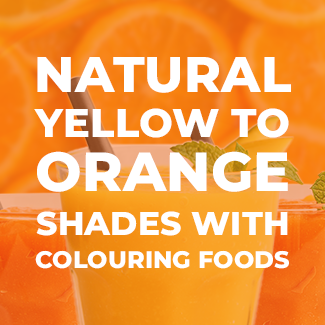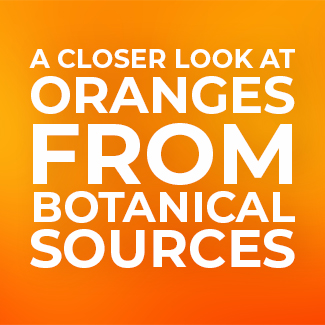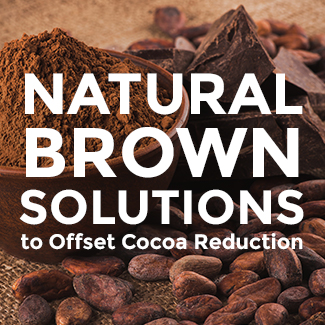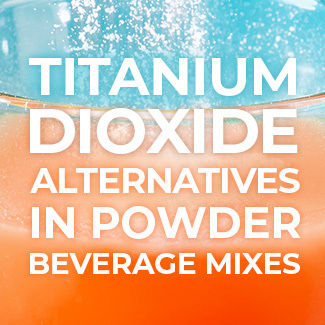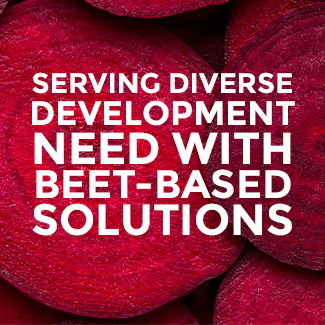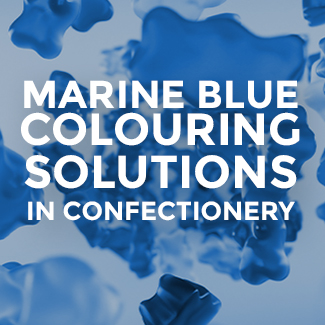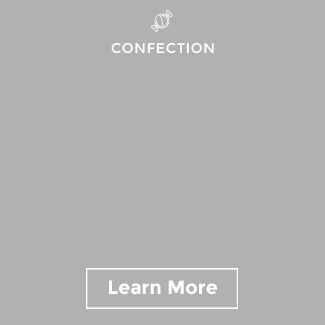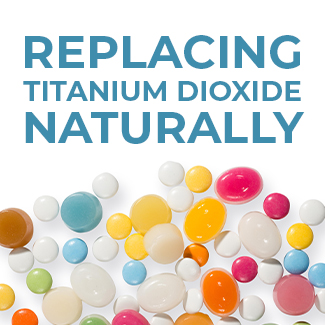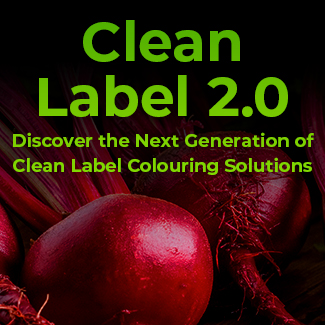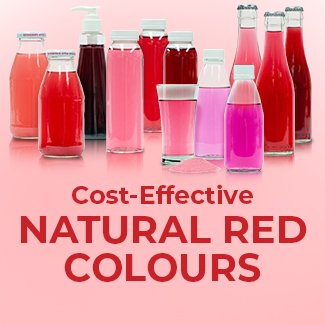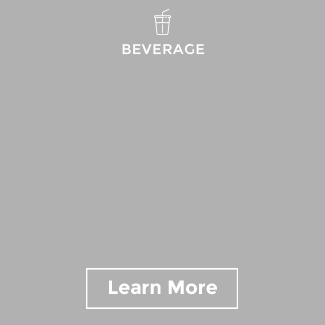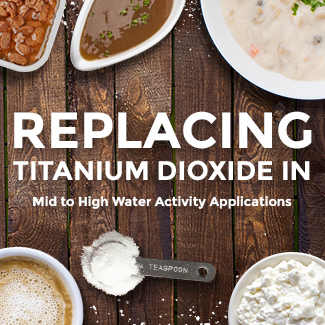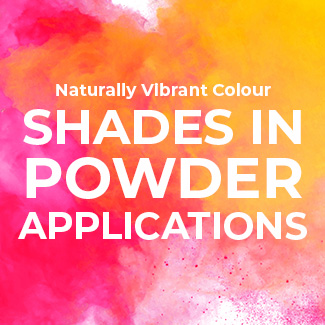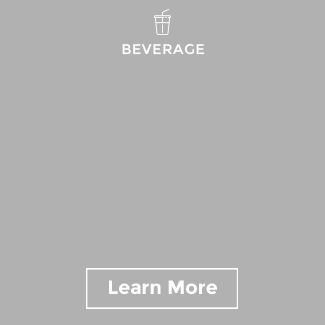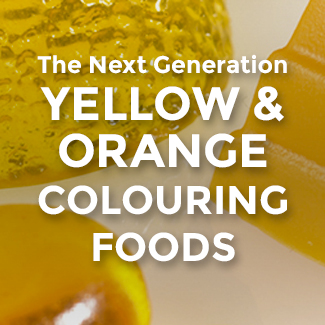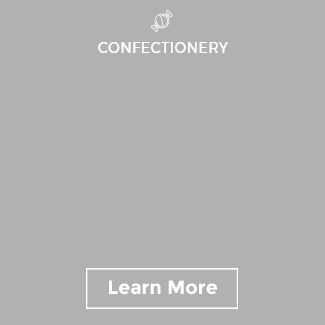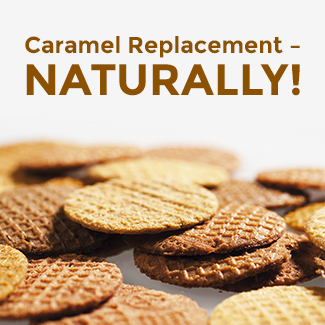Natural Brown for Foods & Beverages
From baked goods to cereals and ice cream, brown colouring is commonly used across a broad range of food and beverage applications.
In fact, as Wikipedia comments, words for the colour brown around the globe often are derived from foods or beverages: “in the eastern Mediterranean, the word for brown often comes from the colour of coffee: in Turkish, the word for brown is kahverengi; in Greek, kafé. In Portuguese, Spanish and French, the word for brown or for a specific shade of brown is derived from the word for chestnut (castanea in Latin). In Southeast Asia, the colour name often comes from chocolate: coklat in Malay; tsokolate in Filipino. In Japan, the word chairo means the colour of tea.”
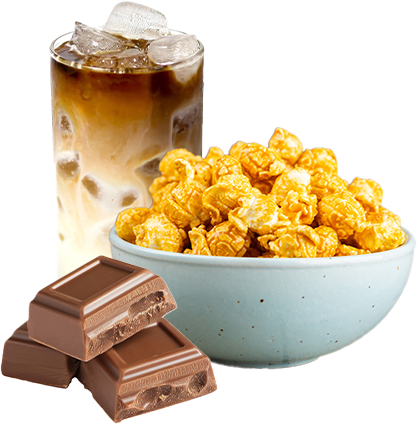
Brown shades in food and beverages often evoke a sense of warmth, richness, and depth, making them an essential visual cue for various flavours.
In the culinary world, the colour brown is frequently associated with flavours that are robust and comforting, such as chocolate, coffee, caramel, and roasted meats, for example. In essence, brown shades in food and beverages are more than just a visual element; they are a promise of the intricate and satisfying flavours that lie within, enhancing the overall experience.
Appetizing Brown Shades Naturally
Caramel Colouring
Caramel colours have been widely used across many applications for decades. Both the US Food and Drug Administration (FDA) and the European Food Safety Authority (EFSA) have affirmed the safety of caramel colours in foods and beverages. Additionally, caramel has other attractive features including:
- Very good heat stability
- Stable colour across a wide pH range
- Exceptionally good light stability

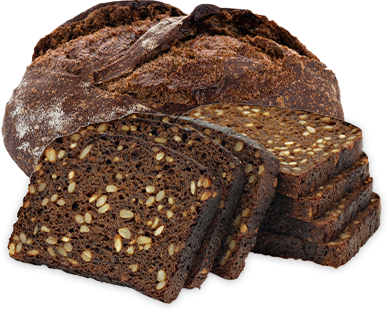
From a technical standpoint, there are not many negatives when it comes to performance or cost-in-use for caramel. However, increasingly, more of our customers are asking us to help them remove caramel colour from their current formulations. Sensient US consumer research indicates about more than one third of the general population are concerned with the presence of caramel colouring and seek to avoid it in their everyday foods and beverages. In European petfood, caramel class I-III will be banned for usage by July 2025.
Naturally Brown- without Caramel Colouring
Sensient has a suite of caramel colour offerings and a portfolio of alternatives for those reformulating meeting the respective customer demands. Sensient’s Natural Brown solution offer numerous benefits similar to caramel colour, producing attractive brown tones like Class I and Class II. These colour solutions remain stable over a wide pH range and are resistant to heat and light exposure.
An ongoing challenge has been finding alternatives for the darker hues of caramel colours such as Class III and Class IV. Sensient’s R&D team is dedicated to anticipating industry demands through innovation and my team and I continue to innovate with new ingredients that enable manufacturers to respond quickly to our ever-evolving landscape. The latest addition to the Natural Brown portfolio from Sensient brings various benefits, such as:
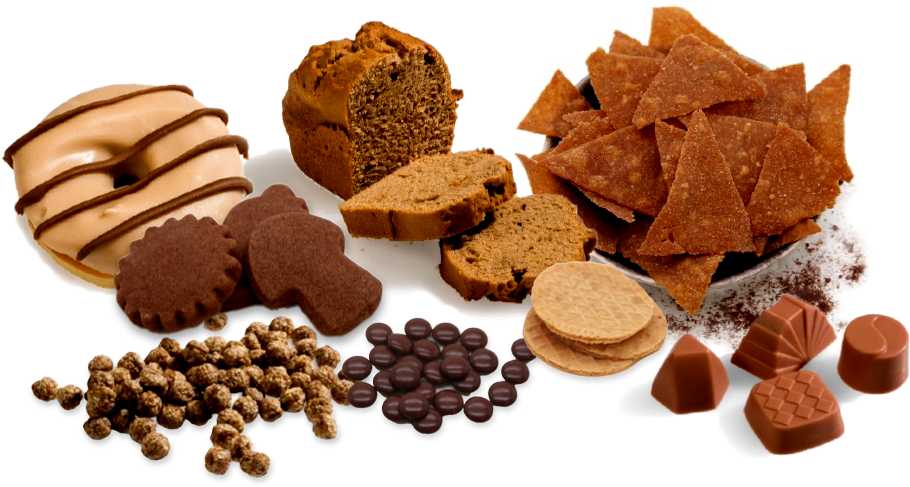
Our natural brown portfolio provides caramel replacement options without compromise across all shade targets.
Darker brown colour shades are perfect for applications like sauces, breads, crackers, cremes, beverages, dry drink mixes, confections, ice creams, and more. Dark browns can bring to life rich and indulgent flavours like coffee, chocolate, whiskey, barbeque, soy, and fudge, well-suited to ongoing consumer trends. The interest to replace caramel colouring however ranges from lighter, warm Macchiato to darker Umbra or Hazelnut Brown shades and stretch across a broad range of applications, including cakes, cremes and icings, breads, cookies, plant-based meats, beverages like iced teas, coffees, and carbonated soft drinks, pet food, alcoholic beverages, bakery mixes, soups, sauces, dressings and more.
If you have any questions or projects where you need assistance, let’s start a conversation here.







